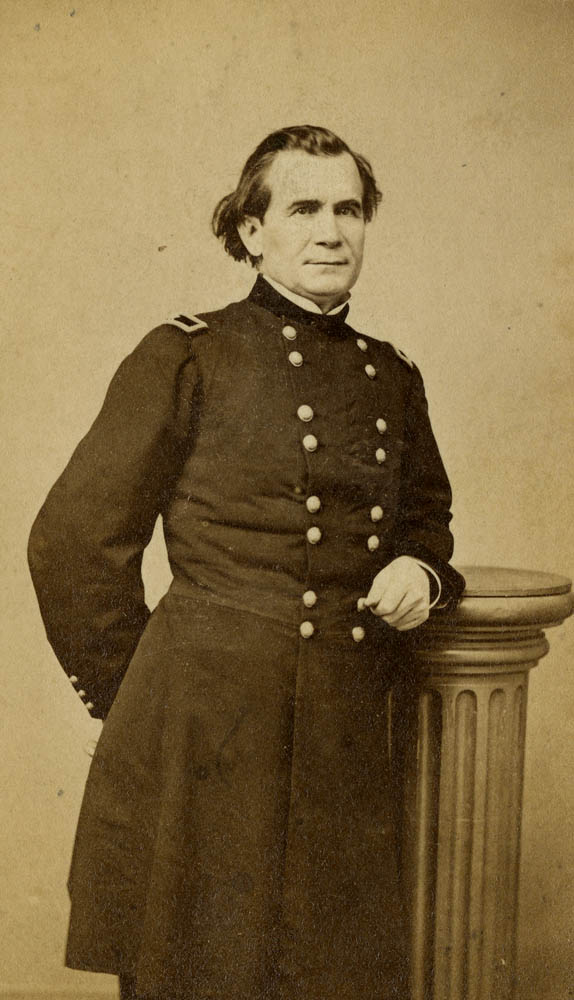When the United States acquired the Florida Territory, it was a bigger version of Florida than is mapped today. During British ownership (1763-1783), the territory was divided into East Florida and West Florida. The Apalachicola River served as the line of demarcation. West Florida stretched much farther west, to the Mississippi River.
When Spain reclaimed the territory in 1783, both Floridas remained intact after the United States acquired the property, at least briefly. John Quincy Adams, secretary of state under President James Monroe, and Luis de Onis, a foreign minister to King Ferdinand VII, negotiated the deal. The agreement is commonly referred to as the Florida Treaty. The initial version of the treaty was signed in 1819. It was not until Feb. 22, 1821, that it was delivered to Washington and officially proclaimed. The official and celebrated exchange of flags between the two countries did not occur until July 10, 1821.
The acquisition of the territory included not just East and West Florida but the Florida Keys and the third-largest barrier reef system in the world, the Florida Reef. The new government understood the importance of the Straits of Florida as a shipping lane but also understood the dangers presented by the system of thousands of coral reefs growing offshore of the Florida Keys. They also understood the real threat that piracy posed in the warm waters of the West Indies.
Attempting to add protections to the shipping lanes, President Monroe, the county’s namesake, initiated his anti-pirate policy authorized as the West Indies Squadron in 1821.
The next thing the government did was pass the 1823 Wrecking Act, requiring that all materials salvaged from territorial waters be brought to a U.S. port of entry. Those waters included those covering the Florida Reef. Three ports of entry had been established in the Florida Territory by 1823. Over in the panhandle, on the coast of the Gulf of Mexico, Pensacola served as a port of entry. On the Atlantic side of the territory, Key West and St. Augustine were also identified as U.S. ports of entry.
What had also been recognized early on was that the reefs were significant navigational hazards. The government’s first attempt to mark several of the more dangerous sections of the reef came in the form of lightships. These specifically designed two-masted schooners were anchored at strategic locales along the reef. Each of the schooner’s masts was fitted with lanterns theoretically visible for several miles across the reef. The schooners, too, were equipped with bells that would clank and carry over the ocean’s surface with every roll of the tide.
At one time or another, five lightships served along the Florida Reef. The “Aurora Borealis” marked the Dry Tortugas; “Honey” marked Sand Key; in addition to the Key West Lightboat, both the lightships “Caesar” and “Florida” served time marking Key Largo’s Carysfort Reef. Historically, Carysfort has been considered the most dangerous tract of coral in the barrier reef system.
The lightships were not always effective, as Commander David D. Porter, of the U.S. mail-steamer “Georgia,” pointed out in a letter dated July, 1851. “On the reef near Cape Large, the floating lightship, showing two lights, intended to be seen twelve miles, but they are scarcely discernible from the outer ledge of Carysfort Reef, which is from four to five miles distant. On to [sic] occasions I have passed it at night, when the lights were either very dim or not lighted.”
Some years after the lightships were established, the first Coastal Survey of Florida Reef was performed. The United States Coastal Survey was the first government-sponsored scientific study of the American coast. The idea was developed by President Thomas Jefferson, authorized by Congress, and implemented in 1807. The Coast Survey was a civilian agency but employed both Army and Navy officers.
The first survey of the Florida Reef was attended by naturalist Louis Agassiz aboard the Coast Survey schooner “Petrel.” Lieutenant James Totten of the U.S. Army accompanied the Coast Survey team when the initial study of the Florida Reef system was made in 1852. In addition to Agassiz’s study of the reef from a naturalist’s point of view, Totten studied the reef in terms of the need for navigational beacons. Totten was the first to physically mark the Florida Reef and installed 15 screw-pile day markers, or beacons, along the reef line. Each marker was 36 feet high and topped with what was essentially an upside-down barrel painted black. Each barrel was marked with an identifying letter from A-P, except there was no J barrel.
After marking the reef with strategically positioned barrels, the construction of a series of lighthouses began. Some of those stories will appear in the next series of columns.


























